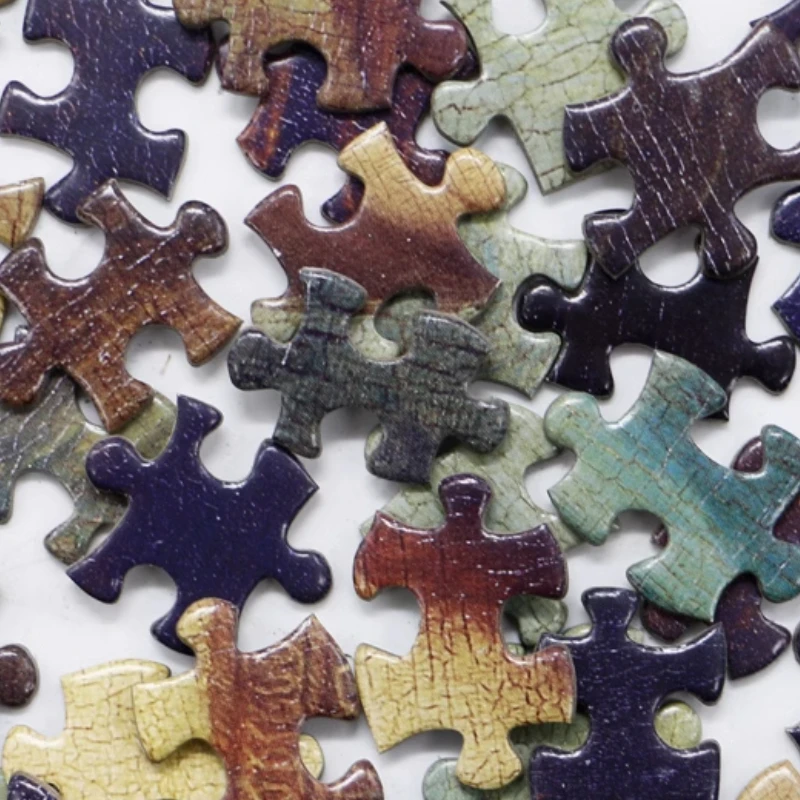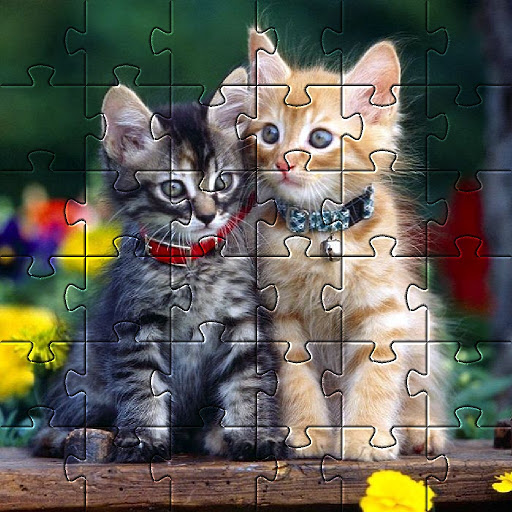Puzzles come in a wide variety of types and themes, catering to different interests and skill levels. The popularity of puzzles often depends on factors such as the age group, complexity, and personal preferences. Here are some of the most popular types of puzzles and reasons for their popularity:
- Jigsaw Puzzles: Jigsaw puzzles are perhaps the most iconic and widely loved puzzles. They consist of pieces that fit together to form a complete picture. They come in various piece counts, making them suitable for different age groups and skill levels. Jigsaw puzzles are popular because they offer a satisfying challenge, promote spatial awareness, and provide a sense of accomplishment when completed.
- Crossword Puzzles: Crossword puzzles are word games that involve filling in a grid based on clues. They are popular in newspapers, puzzle books, and online platforms. Crossword puzzles appeal to those who enjoy wordplay, vocabulary challenges, and mental stimulation.
- Sudoku: Sudoku is a number puzzle that involves filling a 9×9 grid with numbers so that each column, each row, and each of the nine 3×3 subgrids contain all of the digits from 1 to 9. Sudoku is popular because it offers a logical and mathematical challenge without requiring any advanced math skills. It’s a great exercise for the brain.
- Logic Puzzles: Logic puzzles encompass a broad category of puzzles that require deductive reasoning and critical thinking. Examples include logic grid puzzles, riddles, and lateral thinking puzzles. These puzzles are popular for their ability to engage and challenge the mind.
- 3D Puzzles: Three-dimensional puzzles involve assembling pieces to create a three-dimensional structure. These puzzles can take the form of buildings, animals, or other objects. They are popular for their unique and visually appealing challenges.
- Brain Teasers: Brain teasers are short puzzles or problems designed to test cognitive abilities. They often involve lateral thinking, creativity, and quick problem-solving. Brain teasers are popular for their bite-sized challenge and entertainment value.
- Wooden Puzzles: Wooden puzzles come in various forms, including interlocking pieces and disentanglement puzzles. They are often crafted from wood and can be artistic as well as challenging. Wooden puzzles are popular for their tactile appeal and durability.
- Escape Room Puzzles: Inspired by escape room experiences, these puzzles often come in a boxed format where players work together to solve a series of puzzles and “escape.” They are popular for their cooperative and immersive nature.
- Educational Puzzles: Puzzles that incorporate educational elements, such as math puzzles, geography puzzles, or science-themed puzzles, are popular for their ability to combine learning with play.
The popularity of puzzles is diverse, reflecting the wide range of cognitive and entertainment preferences among individuals. Puzzles offer mental stimulation, a sense of achievement, and an enjoyable way to spend leisure time, making them enduringly popular across various demographics.
1000 Pieces Jigsaw Puzzles | Best Jigsaw Puzzles | Quality 1000 Piece Jigsaw Puzzle
Original price was: $5.00.$3.25Current price is: $3.25.
35% Off
Custom Jigsaw Puzzles | Quality Jigsaw Puzzles | 1000 Pieces Jigsaw Puzzle
$5.00
Jigsaw Puzzles: Nature, Animals, Custom, City & Classic Puzzles
$6.52



